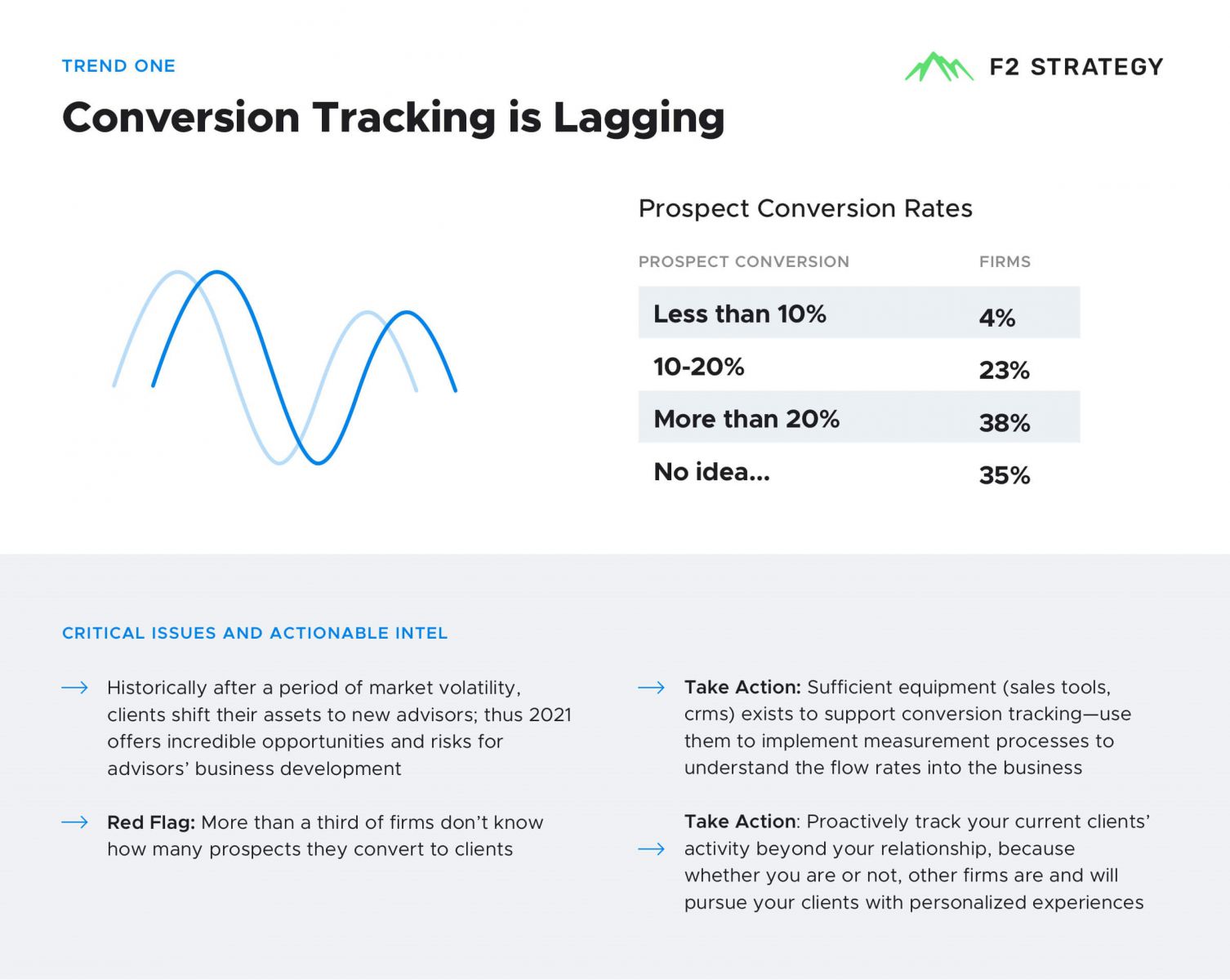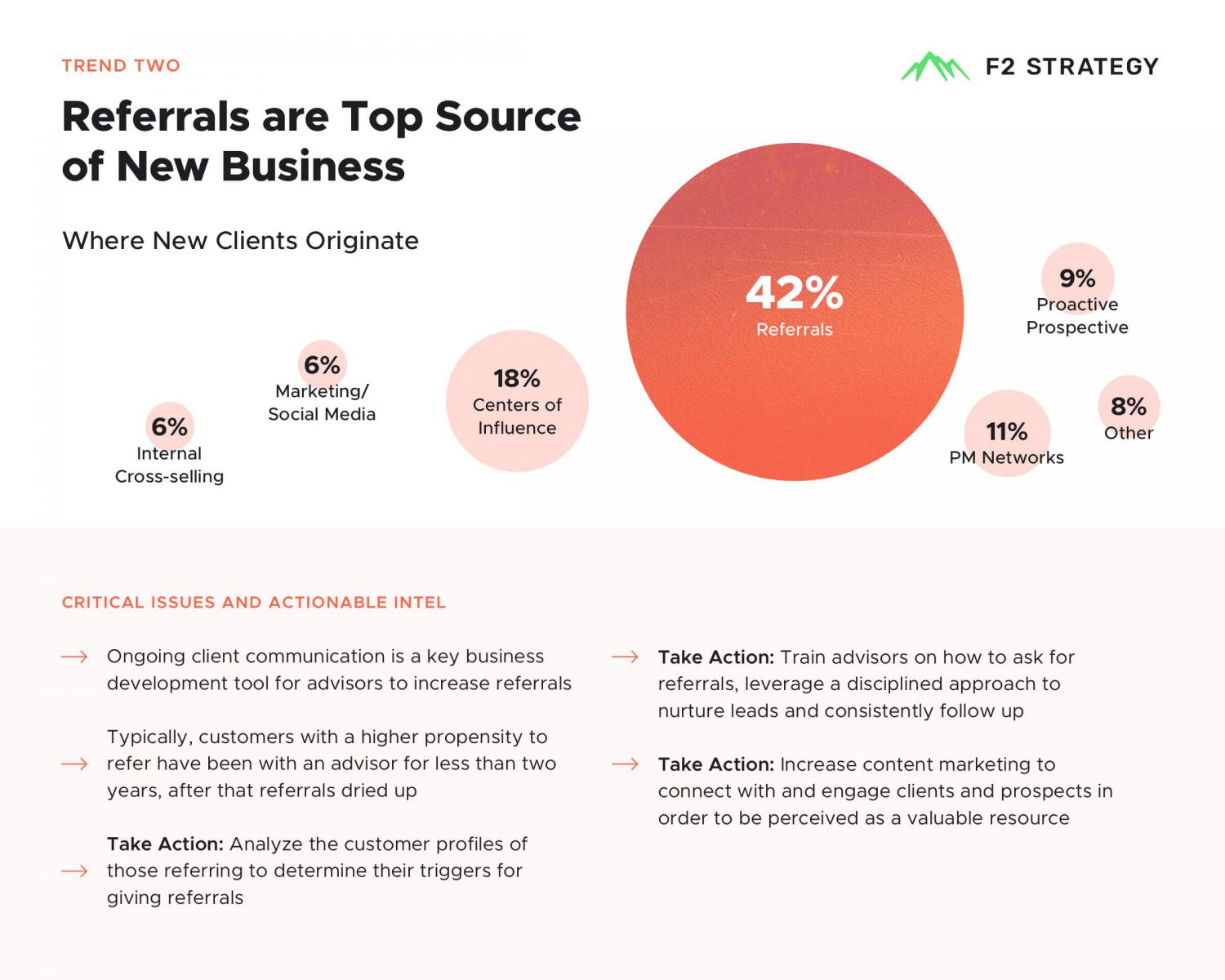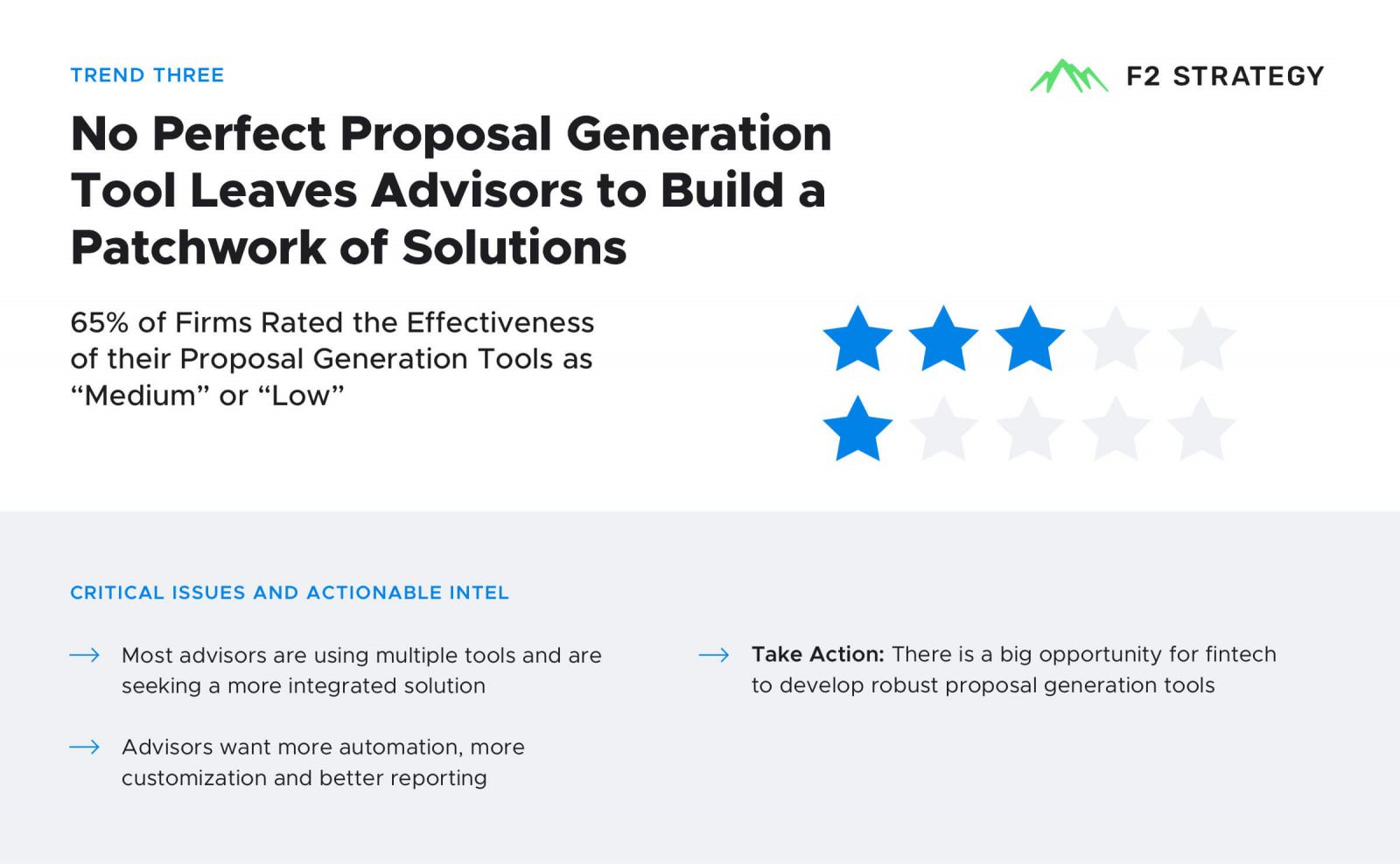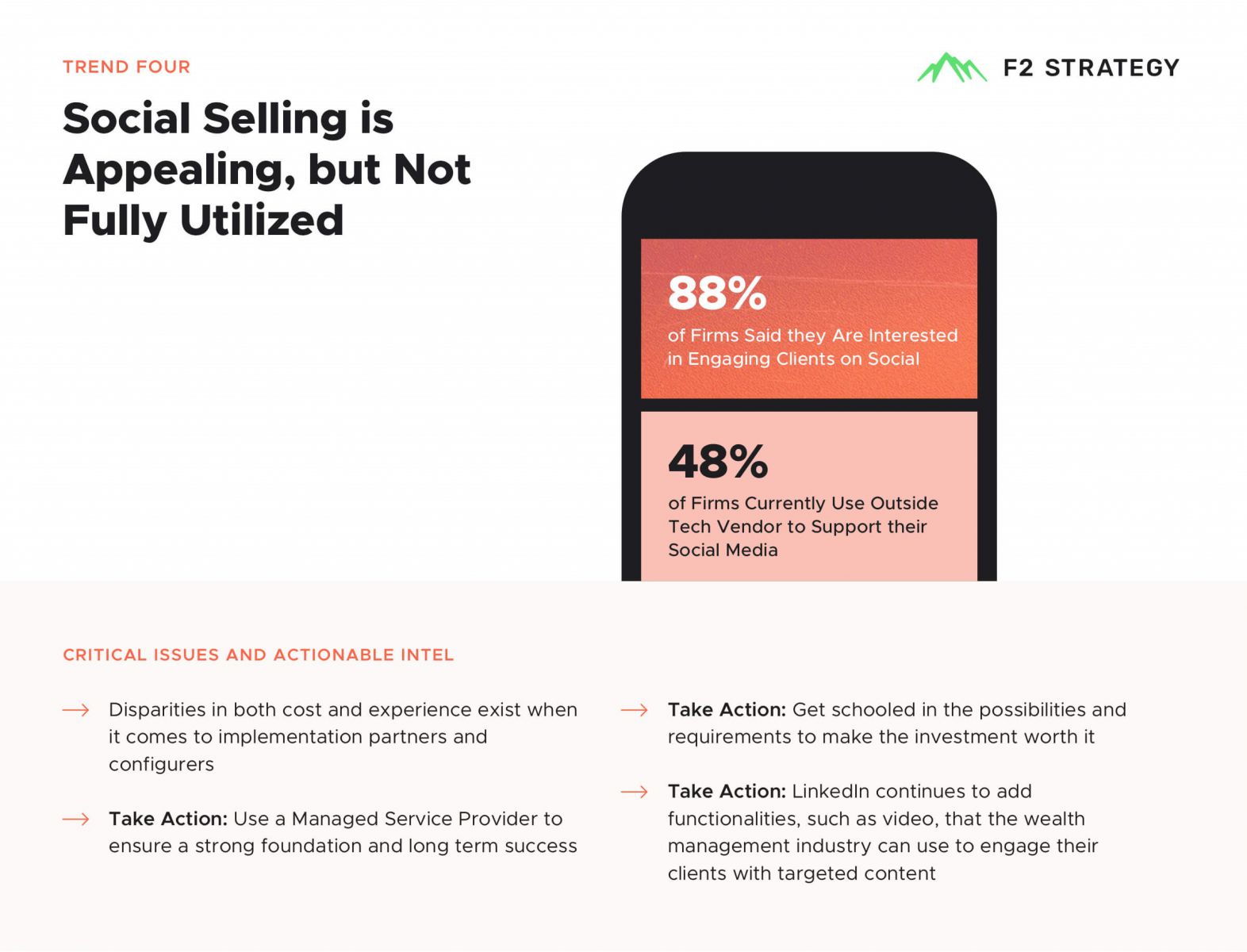The following commentary on the important subject of client prospecting comes from F2 Strategy, the consultancy working with firms catering for high net worth and ultra-HNW clients. The article is by Doug Fritz, who is chief executive and founder of F2 Strategy.
The editors of this news service are pleased to share these thoughts and invite readers to respond. Jump into the conversation! The usual disclaimers apply to content from outside contributors. Email tom.burroughes@wealthbriefing.com and jackie.bennion@clearviewpublishing.com
Thanks to the lightning speed of technological advancement, business development within wealth management firms was already changing at a much faster pace than in previous decades. Now, with the market disruptions caused by the global pandemic added to the mix, knowing how to maintain and gain new clients will be essential to firms’ success in 2021.
That’s because, historically after a period of market volatility, clients shift their assets to new advisors. The next year will offer incredible opportunities for advisors who are savvy and tremendous risks for advisors who are lagging in their prospecting processes. Understanding how technology can support today’s prospecting will help advisors push their firms to the next level.
Here are four major trends F2’s research has uncovered this fall:
Trend 1: Conversion Tracking is Lagging

The fact that more than a third of firms don’t know how many prospects they convert into clients should be a giant red flag. Sufficient equipment exist to support conversion tracking. Advisors need to use them to implement measurement processes to understand the flow rates into the business. In addition, it’s important for advisors to proactively track current clients’ activity beyond their relationships, because whether they are or not, other firms are and will pursue their clients with personalized experiences.
Trend 2: Referrals are Top Source of New Business

Ongoing client communication is a key business development tool for advisors to increase referrals. Typically, customers with a higher propensity to refer have been with an advisor for less than two years - after that referrals dry up. To maximize referral activity, advisors should analyze the customer profiles of those referring to determine their triggers for giving referrals. They can train advisors on how to ask for referrals as well as leverage a disciplined approach to nurture leads and encourage consistent follow up. Finally, advisors can increase their content marketing to connect with and engage clients and prospects, while increasing their perceived value.
Trend 3: No Perfect Proposal Generation Tool Leaves Advisors to Build a Patchwork of Solutions

Proposal generation tools are a big problem for many firms. Most advisors are using multiple tools and are seeking a more integrated solution. Topping the list of advisor needs are more automation, more customization and better reporting. There is a big opportunity for fintech to develop robust proposal generation tools to support the industry in streamlining this time consuming area of prospecting.
Trend 4: Social Selling is Appealing, but Not Fully Utilized

Two big hurdles to leveraging social media for effective prospecting currently exist. First, just being “on social” is not enough - firms must invest in internal and outsourced resources to develop their social engagement. Second, the lack of standardization from the major social platforms makes tracking and drawing insights from the data they provide nearly impossible. Advisors must quickly get schooled in the possibilities and requirements for making their investment in social worthwhile. Social also requires continually learning about the updates available for sales and marketing. For example, LinkedIn continues to add functionalities, such as video, that advisors can use to engage their clients with targeted content.
We’ve got even more on this topic. Download our infographic highlighting these trends here.
Plus, look out for trending topics when we release our next set of data in December.
